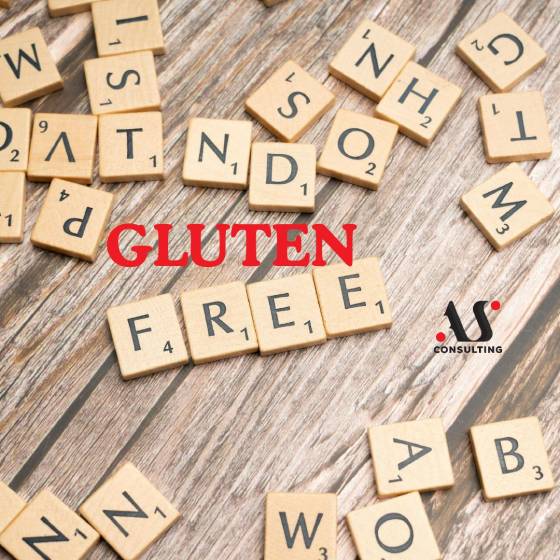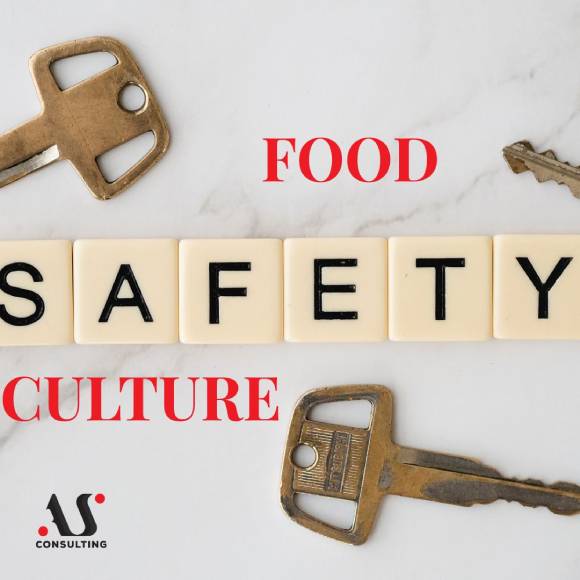
IFS FOOD STANDARD VERSION 8
May 12, 2023
ALLERGENS – DIFFERENCES IN EU/US LEGAL REQUIREMENTS
July 7, 2023We talked about food safety culture in our text from 08/19/2020. year, but considering that it is gaining wider application within the new versions of GFSI-recognized standards, we will try to explain the new requirements and how to successfully implement them.
According to the Global Food Safety Initiative (GFSI), food safety culture is defined as: “Shared values, beliefs, and norms that influence food safety thinking and behavior throughout the organization.”

Culture of any kind is related to the group, not the individual (shared values, beliefs, and norms). Since the new members of the group (in this case the organization) adopt the existing norms and values, a positive culture of food safety in the company is of great importance. Also, what is set as culture becomes learned by all group members and is difficult to change.
Therefore, it is clear where to start, and that is for the organization to define, communicate and document throughout the organization its intentions and goals related to the culture of food safety.
NEW TRENDS IN THE UNDERSTANDING AND IMPLEMENTATION OF FOOD SAFETY CULTURE
In a very short period, there were changes in the GFSI-recognized standards, which resulted in the release of new versions of the standards: IFS Food version 8, BRC Food version 9, and FSSC22000 version 6. As explained in our earlier texts, the food safety culture is getting more space and new requirements in the mentioned standards.
The IFS talks about four dimensions of food safety culture, while FSSC22000 turns to the BSI PAS320:2023 guide which talks about five dimensions of food safety culture. Let’s see what it is:
IFS FOOD STANDARD version 8
Among the novelties in version 8 are 4 dimensions of food safety culture:
- Communication regarding food safety policy and responsibilities
- Training
- Feedback from employees regarding food safety issues
- Performance measurement
BSI PAS320:20230 GUIDE
According to the guide, the five dimensions of a food safety culture that should be integrated into an organization are:
- vision and mission;
- people;
- consistency;
- adaptability; and
- awareness of dangers and risks
Seems unclear? Let’s try to clarify.
The food safety culture must be one of the basic elements of the corporate policy, which means that senior management has set long-term goals for improving the food safety culture.
How to improve food safety culture? By first gaining insight into the current food safety culture within the company and identifying weak points, and then setting goals to achieve improvements.
How to measure the current food safety culture? There are several ways:
• Group interviews with employees
• Individual interviews with employees
• Questionnaires for employees
Through all these methods, a picture of the current situation (the current attitude and awareness of employees) is obtained, and further steps are determined based on the results. The subjects of interviews and questionnaires depend on the company itself and what areas it has identified as possible for improvement. What can be tested:
• Knowledge related to food safety
• Workplace and environment culture
• Management behavior
• Behavior of employees
• Daily tasks (operations)
• Communication
• Use of technologies and tools
• Approach to problem-solving
• Behavior in case of audit etc.
After getting a picture of the current food safety culture, it is easy to assess what needs to be improved and based on that:
- Food safety culture plan (which is a requirement of the BRC standard)
- Or set goals related to food safety culture (requirement of IFS and FSSC22000 standards)
In both cases, we set goals related to a food safety culture that must be communicated to employees and defined activities involving all employees at the location that have an impact on food safety.
These activities include:
- clear and open communication about product safety
- training
- behaviors required to maintain and improve product safety processes
- performance measurement of activities related to safety, authenticity, legality, and product quality
- anticipated time frames
- review of the effectiveness of completed activities
Improvements. The review of the Food Safety Culture Plan is carried out at least once a year and actions are planned by the results of the review: should we continue in the same direction or make changes? Do they deliver the set measures of results?





1 Comment
Thank you for creating such an informative and enlightening website. Your commitment to educating and empowering others is truly admirable, and I’m grateful for the impact it has had on me. It’s evident that the authors are experts in their respective fields, and their expertise shines through in every article. Thank you for sharing your expertise with us.